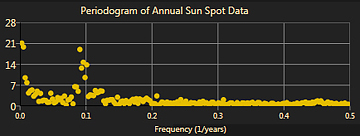There are many circumstances where you may need to access an external library of functions or routines from Excel. For example, if you need a complex function such as fitting data to a surface, or portfolio optimization, that is not natively available in Excel. There also may be a need to protect proprietary calculations by using user defined functions to process algorithms in a black box manner...
Read More
Read More

